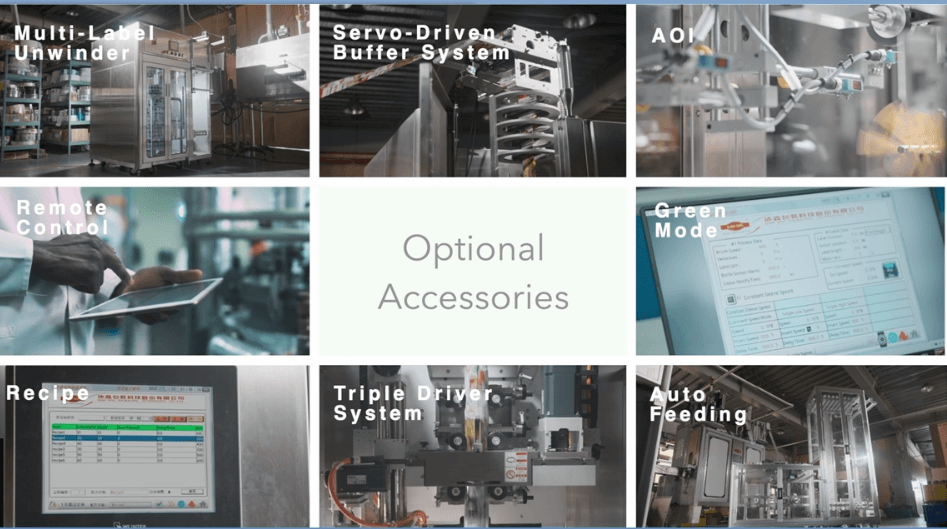
Smart factory design is crucial for achieving seamless integration in the production line. By incorporating advanced technologies and automation systems, manufacturers can optimize their operations and achieve higher levels of efficiency. A smart factory utilizes interconnected devices and sensors to collect real-time data, enabling intelligent decision-making and proactive maintenance.
With a smart factory design, the shrink sleeve machine can be seamlessly integrated into the production line. This ensures a smooth and efficient flow of products, minimizing bottlenecks and maximizing productivity. The shrink sleeve machine plays a crucial role in the packaging process, applying shrink sleeves to products for branding and protection. By integrating this machine into the production line, manufacturers can streamline the packaging process and eliminate the need for manual intervention.
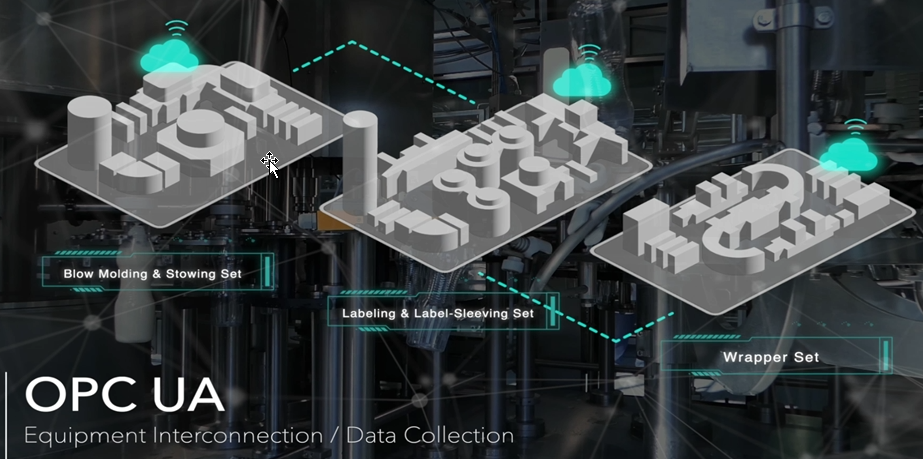
Furthermore, a smart factory design enables real-time monitoring of the production line, allowing manufacturers to identify and address any issues or inefficiencies promptly. By leveraging data analytics and machine learning algorithms, manufacturers can optimize the production line layout, minimize downtime, and enhance overall productivity. The real-time data exchange relies on robust media and OPCUA is the one of it. Dase-Sing integrates shrink sleeve system with OPCUA to exchange production parameters.
In summary, a smart factory design facilitates seamless integration of the shrink sleeve machine into the production line, maximizing efficiency and productivity. By utilizing advanced technologies and real-time data analytics, manufacturers can optimize their operations and achieve higher levels of efficiency.
![]()
Streamlining the inline production line layout is essential for optimizing product flow and minimizing waste. A well-designed layout ensures a smooth and efficient movement of products from the shrink sleeve machine to the stacker station and ultimately to the shipping area.
To achieve an optimized layout, manufacturers should consider the principles of lean manufacturing. This includes minimizing the distance traveled by products, reducing unnecessary handling and transportation, and organizing the production line in a logical and sequential manner. By eliminating bottlenecks and streamlining the workflow, manufacturers can minimize lead times, reduce costs, and increase overall productivity.
In addition to lean principles, manufacturers should also utilize automation technologies to further streamline the production line layout. Automated conveyor systems, robotic arms, and material handling equipment can enhance the movement of products and eliminate manual intervention. By automating repetitive tasks and ensuring a continuous flow of products, manufacturers can achieve higher levels of efficiency and productivity.
Beverage production line can be roughly divided into 2 sections: upstream and downstream. It is best for a smart factory to plan these 2 sections at the same time. Upstream is usually at sterile work area and needs a closed environment for processes of the product preservation and safe, hygienic sequences. The products in the end of upstream are for cleaning and labeling which are important for products ' package and company image. The downstream area is for secondary package such as outer film and stacking on pallet for transportation. Dase-Sing has over 35 years experience to work with inline vendors like Crones, KHS, Sidel... Dase-Sing can provide the mature and skillful integration with any inline solution providers for labeling.
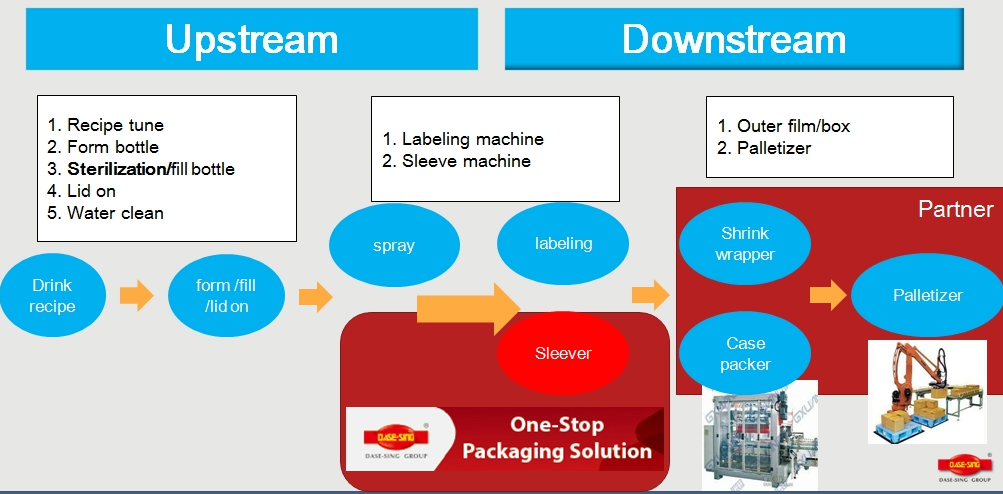
In conclusion, streamlining the inline production line layout is crucial for optimizing product flow and minimizing waste. By incorporating lean principles and automation technologies, manufacturers can achieve a well-designed layout that maximizes efficiency and productivity.
Automation plays a key role in maximizing efficiency in the production line. By automating repetitive tasks and utilizing advanced technologies, manufacturers can minimize errors, reduce costs, and increase overall productivity.
One of the key areas where automation can be applied is in the operation of the shrink sleeve machine. By automating the process of applying shrink sleeves to products, manufacturers can eliminate the need for manual intervention and ensure consistent and accurate application. This not only speeds up the packaging process but also reduces the risk of errors and rework.
. Dase-Sing sleeve system not only provides one-stop solution including shrink sleeve label and machine, but also provide a lot of options to increase smart operation in production line.
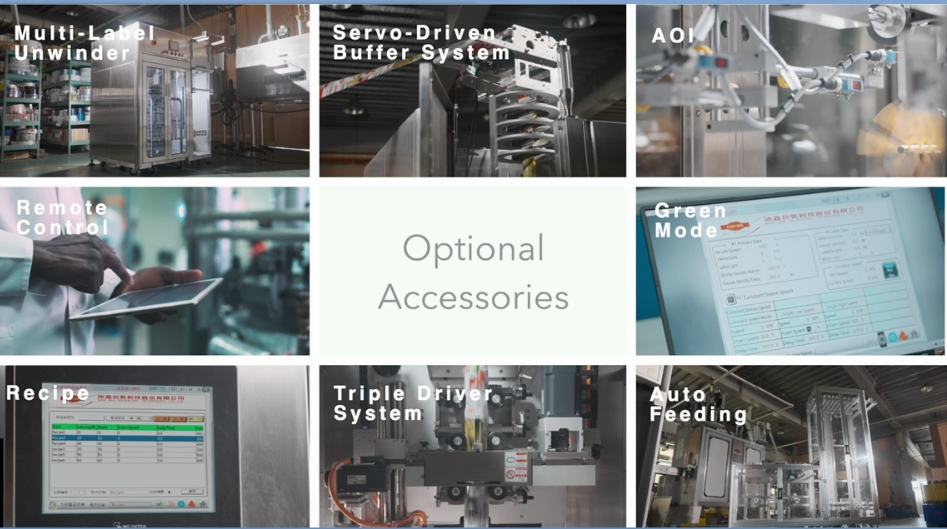
Furthermore, automation can be utilized in other aspects of the production line, such as material handling and quality control. Automated conveyor systems, robotic arms, and vision inspection systems can streamline the movement of products and ensure the highest level of quality. By reducing the reliance on manual labor and human judgment, manufacturers can achieve higher levels of efficiency and productivity.
Dase-Sing shrink sleeve machine cooperates with several options and accessories to achieve smart control, such as bottle Inspection and rejection system, steam oven temperature low limit alarm...
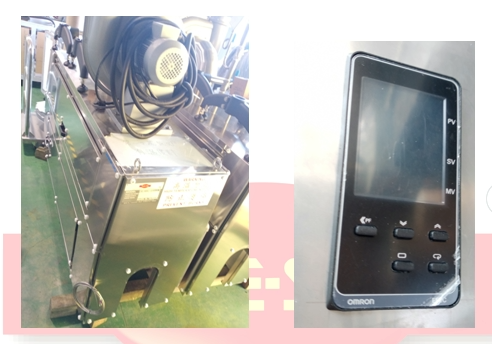
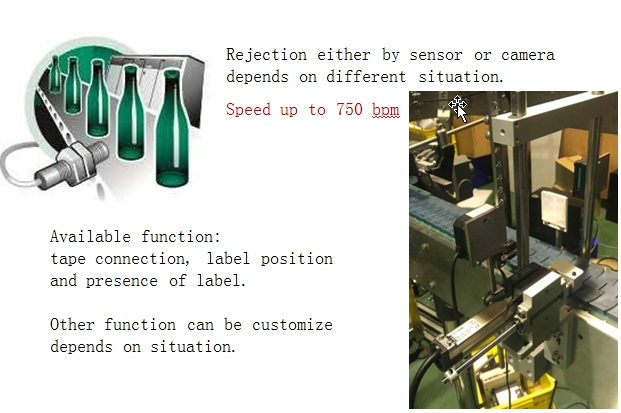
In summary, maximizing efficiency through automation is essential for optimizing the production line. By automating repetitive tasks and utilizing advanced technologies, manufacturers can minimize errors, reduce costs, and increase overall productivity.
Enhancing product flow is crucial for achieving efficient production line operations. By applying lean principles, manufacturers can optimize the movement of products and minimize waste.
One of the key principles of lean manufacturing is to minimize the distance traveled by products. This can be achieved by organizing the production line in a logical and sequential manner, ensuring that products move smoothly from one process to another. By reducing unnecessary handling and transportation, manufacturers can minimize lead times and increase overall productivity.
Another important principle is to eliminate bottlenecks and remove any obstacles that may hinder the flow of products. By identifying and addressing these bottlenecks, manufacturers can ensure a continuous and uninterrupted flow of products, minimizing downtime and maximizing efficiency.
Additionally, lean principles emphasize the importance of continuous improvement and waste reduction. By implementing strategies such as 5S and Kaizen (continuous improvement, from Toyota group ), manufacturers can identify and eliminate waste in the production line, further enhancing product flow and increasing overall efficiency.
In conclusion, enhancing product flow with lean principles is essential for achieving efficient production line operations. By minimizing the distance traveled by products, eliminating bottlenecks, and reducing waste, manufacturers can optimize product flow and increase overall productivity.
Ensuring a smooth transition from production to shipping is crucial for minimizing delays and optimizing the overall supply chain. By implementing efficient processes and utilizing advanced technologies, manufacturers can streamline the transition and ensure timely delivery of products to customers.
One of the key steps in ensuring a smooth transition is the proper coordination between the shrink sleeve machine (between upstream and downstream), stacker station, and the shipping area (downstream area). By aligning the production schedule with the shipping schedule, manufacturers can minimize waiting times and optimize the utilization of resources.
Furthermore, manufacturers should leverage automation technologies to facilitate the transition process. Automated material handling systems can transport products from the stacker station to the shipping area, eliminating the need for manual intervention and reducing the risk of errors. Additionally, real-time tracking and monitoring systems can provide visibility into the status of each product, allowing manufacturers to proactively address any issues or delays.
Dase-Sing works with global cooperation partners and satisfies the needs of customers,by the know-how, expertise and complete hardware and software portfolio, consisting of end-to-end solutions from raw materials reception to processing, packaging, end-of-line and warehousing.

In conclusion, ensuring a smooth transition from production to shipping is essential for optimizing the overall supply chain. By coordinating processes, utilizing automation technologies, and maintaining visibility, manufacturers can minimize delays and ensure timely delivery of products to customers.
More video:20241212
https://www.youtube.com/@dase-singpackagingtechnolo8451
Contact us:
matt@dasesing.com